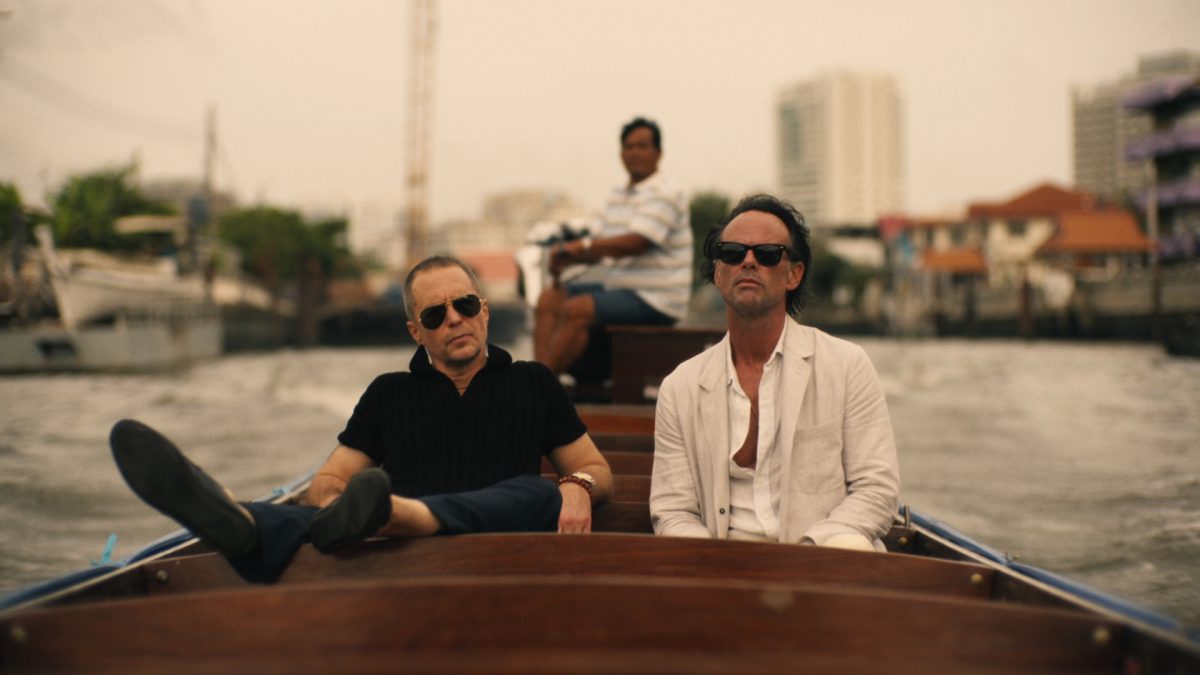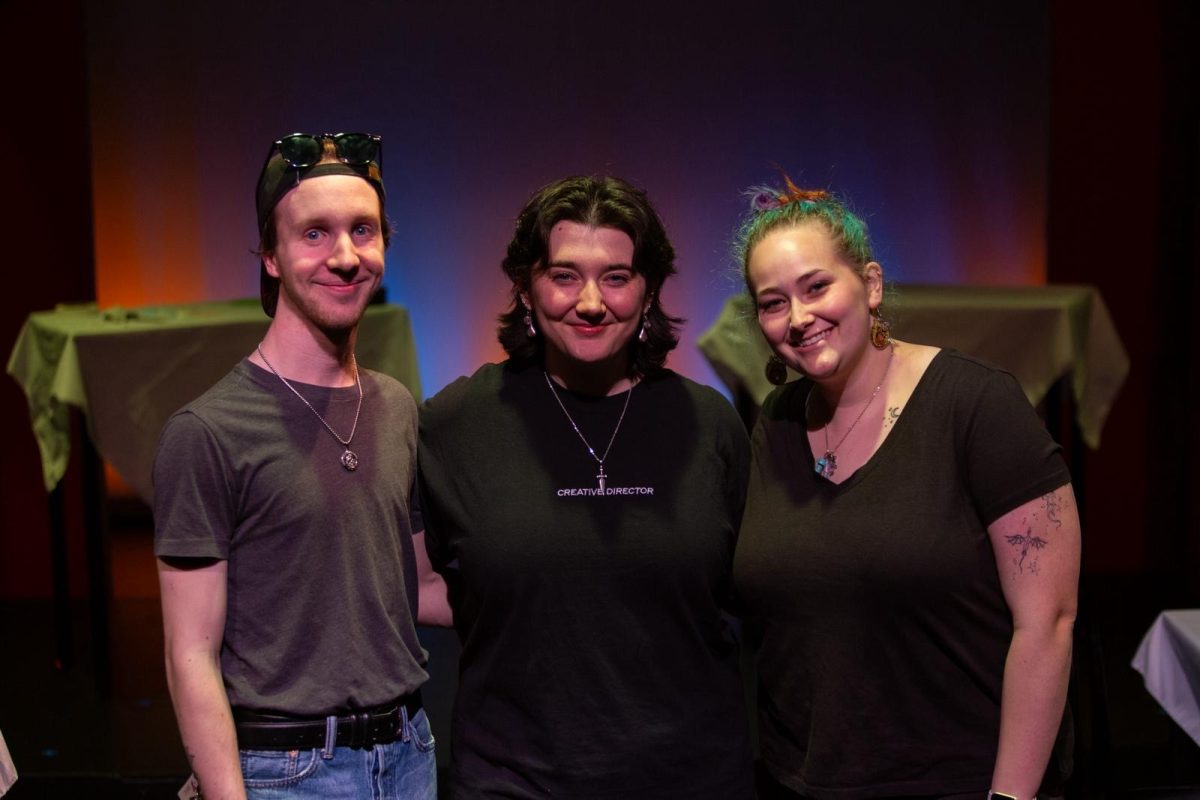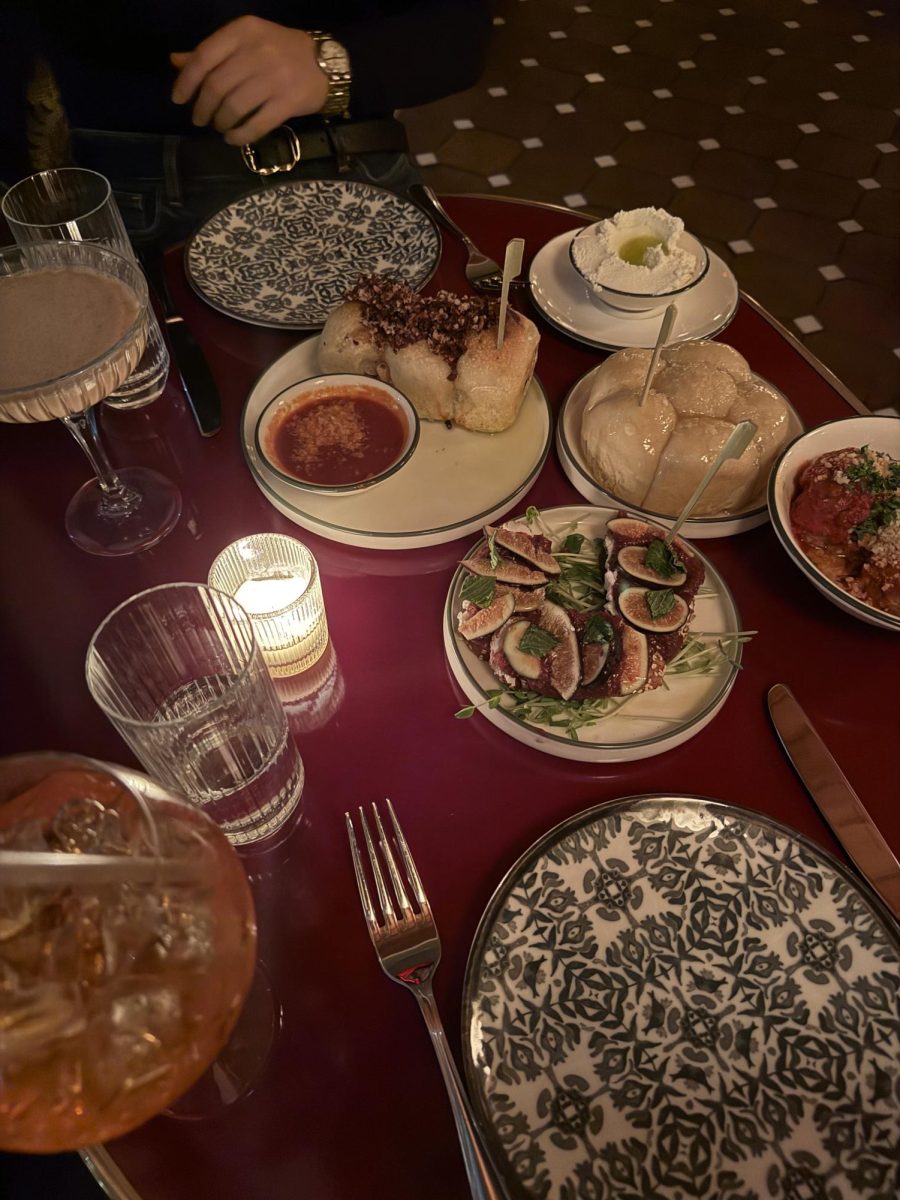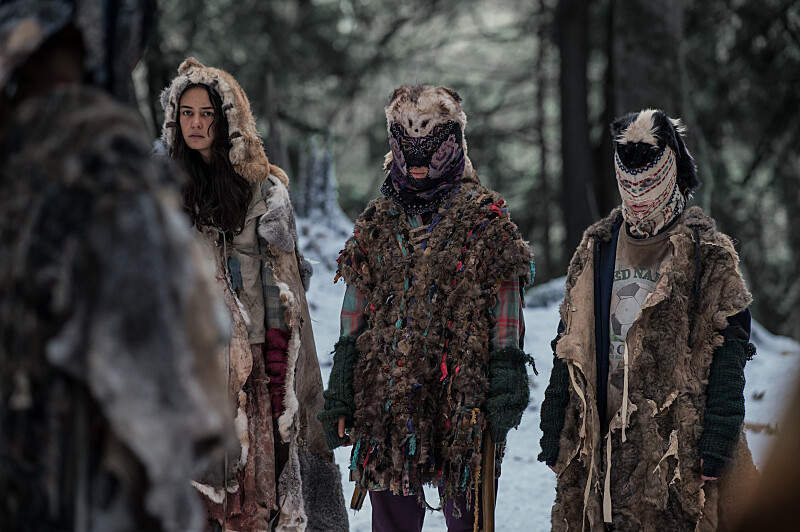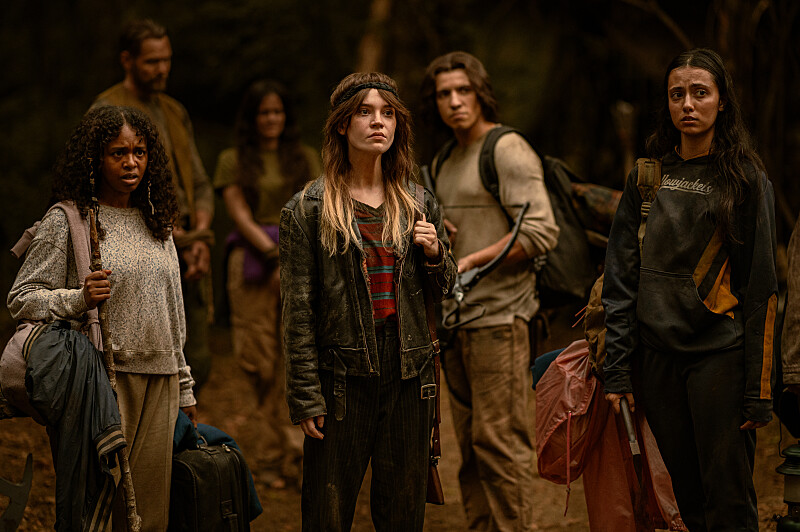Mike White did it again. The crushing waves of Thailand made a splash against Italy’s coasts and Hawaii’s views in the third season of “The White Lotus.” In a phenomenal follow-up to a killer inaugural season and an even more sensationalized trip to Sicily in season two, White brought to life the Four Seasons Resort Koh Samui with more than the colors of Thailand’s scenery and culture, but a cast for the ages.
Vacation can be phenomenal, but also a whirlwind of disasters. The displacement from what is known puts people in a state of mind unlike any other, a human disposition White’s stories capture so well. From couples to friends to family, this season has something for everyone to chew on and spit out from chaotic trips of the past. And if it wasn’t apparent before the third season, the anthology series has on its hand one of the most versatile and shocking story devices of recent television, with even more amazing characters.
The Ratcliffe family this season majorly capitalizes on the indulgence of wealthy family dynamics present throughout the show. Victoria Ratcliffe (Parker Posey), Timothy Ratcliffe (Jason Isaacs) and their three children are written to have a five-way spiritual dilemma that tears them apart and brings them back together over and over again this season. The family shines most in their scenes together, where their deep differences are on full display.
White’s writing is always dripping with powerful dynamics, but one of the best yet has to be the sibling disarray between Piper Ratcliffe (Sarah Catherine Hook), Saxon Ratcliffe (Patrick Schwarzenegger) and Lochlan Ratcliffe (Sam Nivola). Their differences are apparent but they are all cut from the same cloth, a fact they all look to either accept or adamantly deny all season.
Making for the most viral part of the season, Posey’s southern accent will follow names like Piper and words like tsunami for years to come. A genius casting choice for the show, she tows the line between a sinister attempt to unravel Piper’s spiritual awakening, while also herself sinking into a drug-infused lull that is hilariously out of touch.
The friendships of Jaclyn Lemon (Michelle Monaghan), Laurie (Carrie Coon) and Kate (Leslie Bibb) on their girl’s trip to Thailand is reminiscent of the drama of spring breakers divulging into youthful theatrics and chaos. For much of their time at the resort, they have trivial qualms alongside discussions of boys and back-talking others in the trio. The refreshing take on long-time friendships through grown women who revert to their teenage counterparts with inconsequential and intimate arguments was a stroke of genius.
While the Ratcliffe’s feed the family drama every “White Lotus” resort needs, and the mindless resentment between Jaclyn and Laurie provides juicy gossip, the relationship between Aimee Lou Wood’s character Chelsea and Walton Goggin’s portrayal of Rick Hatchett, was by far the most phenomenal pair of characters this season. While they don’t spend much of the middle episodes of the season together, when they reunite after formative changes apart in the season finale the audience gets some 20 minutes of genuine bliss.
Wood managed to display youth and light in the grief and pain of Rick beautifully, a mirror in the storylines they spend time apart in. Chelsea spends her solo vacation understanding and enlightening others with self-help books; sure in herself and her ideas, she never strays from her commitment to being the hope for Rick’s anguish. Wood’s endearing accent and subtly sweet smile and kindness make her one of the few characters this show lets you route for without guilt.
Rick’s possessive travels to Bangkok with former friend Frank (Sam Rockwell) are as wild as they are somber, but as low as Rick gets, his promise of forever with Chelsea in his newfound closure is one of the most bittersweet performances and closings to a “White Lotus” couple, rivaling Aubrey Plaza and Will Sharpe’s resolution to ignorant joy in season two’s finale. The performance is only made possible by Goggin’s ability to be wholly hateable alone and lovable through the eyes of Chelsea.
Every “White Lotus” manages to stir up staff drama, a slower part of the season’s excitement and exuberance. The budding romance between Mook, played by Lalisa Manobal, and Gaitok, played by Tayme Thapthimthong, was sweet at moments and painfully awkward almost always. This was by far the series’ weakest storyline among all of the antics of “White Lotus” employees.
After season one, it was unknown where the series would go in attempts to connect every season through a small set of recurring characters. After season two reintroduced Jennifer Coolidge’s beloved character Tanya McQuoid, and subsequently killed her character in a perfectly unserious yacht accident, the third season remained a mystery for who would come back and fill the elitist-sized hole in the “White Lotus” identity. When aspiring spa owner, Belinda, played by Natasha Rothwell reappeared, the series felt whole in a way a different character’s return couldn’t have replicated.
While speculation ran rampant, the series could not have chosen a better character to dive deeper into. One of the few characters with a fairly moral guidepost in her actions, Belinda’s happy ending is surely deserved and a closure we didn’t know we needed.
The creative team behind “The White Lotus” has developed a signature story structure for every season, exposing a tragedy that must take place by the end of the fateful vacation in the first episode. This season spun the tables to something far more sinister, seasons past always alluded to a death, but this time around, all we knew was that a gun was going off on the island.
Such a simple subversion in the first minute made the rest of the season a tension-building and alluring mystery to unravel, one far more complicated but invigorating than the series’ past. The neat bookends of each season in a uniquely recognizable “White Lotus” way, but season three’s switch-up signaled to fans that they were in for a wild ride for Sundays to come. And they delivered on that promise with every episode’s release.
In all the over-the-top optics of the expansive cast and island, the show has the ability to ground itself in its well-developed identity as a franchise. It has style and substance that carry each anthology’s new cast.
“The White Lotus” manages to deliver a consistently ambiguous tone, a signature of its storytelling. Scenes as seemingly inconsequential as a minorly flirty exchange or a shared dinner hold a tension that is tightly wound around audiences.
Drawing upon that inspiration and Thailand’s own connections to spiritual living, White incorporated ideologies from global cultures into the season’s imagery and storylines in a seamless way that could draw critical viewings from people from plenty of denominations and belief systems so seamlessly. Chelsea’s optimistic doctrine through self-enlightenment books, Piper’s journey towards contentment with being wealthy and Frank’s search for peace from his wild past all meshed so well in a singular season’s theme.
The impeccable sound design and composition has their own auditory motifs that are discernible enough for the audience that just a few notes tell you how worried you should be about where the scene is heading. It is a shame that former composer, Cristóbal Tapia de Veer, and White had irreconcilable differences on the project this time around, because Tapia de Veer’s ear-worm melodies have made the show a recognizable phenomenon. Nonetheless, this season’s approach to the music was just as captivating as the last and made “The White Lotus” a viewing experience rather than a show you just toss on.
This season excelled in its visual storytelling, using motifs from great works of art, a subtle but impactful visual language that makes this series beautiful to watch. The show is always set in gorgeous landscapes, but whether in Italy or Thailand, the backdrop to scenes never overshadows the actors’ subtle emotion and the visual thesis of the series. You can truly blink and miss a moment of foreshadowing and meaning, which makes this show an easter egg hunt for the ages among fans and the viewing experience a community event.
Concerns about how long White can make the “people going on vacation and chaos ensues,” story go on have been at the forefront of every “White Lotus” release since season one, but the show has only managed to up the stakes and make every season more wild than those before. The fictionalized universe of “The White Lotus” is uniquely grounded in characters but outlandish in its stories, and if that balance is kept, the show will surely thrive far beyond this season.
So whether you’re sipping on a piña colada or protein shake while you wait patiently for a French chalet or mountain lodge full of aristocrats to bless your Sunday night again, you’re safe knowing that season three’s set a tone for the future of “The White Lotus,” and it is opulent and bright.


